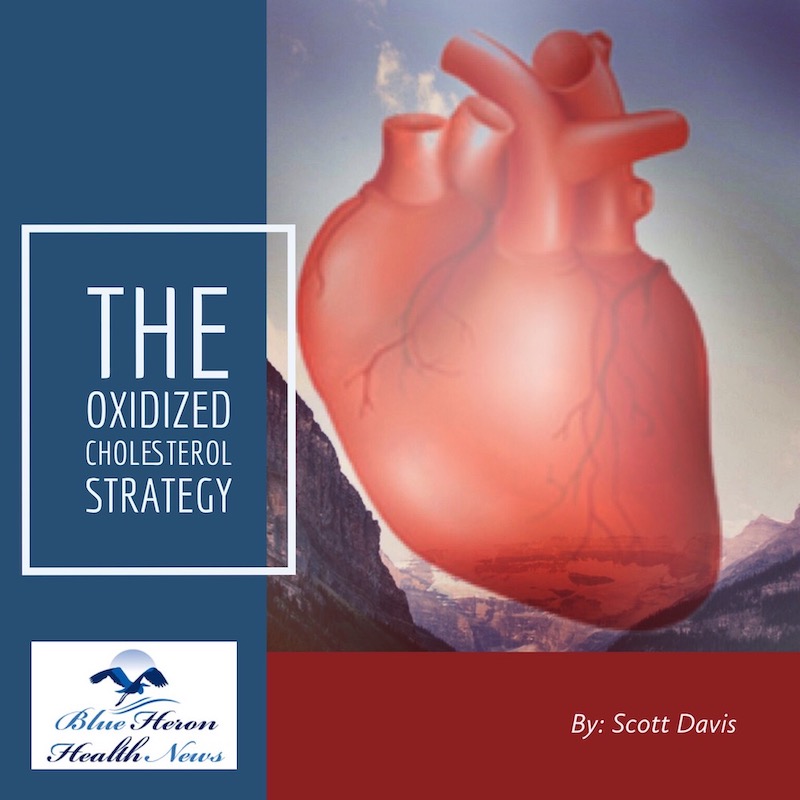
The Oxidized Cholesterol Strategy™ By Scott Davis The Oxidized Cholesterol Strategy is a well-researched program that reveals little known secret on how to tackle cholesterol plaque. This program will tell you step by step instructions on what you need to completely clean plaque buildup in your arteries so as to drop your cholesterol to healthy level.
How can dietary fiber help reduce oxidized cholesterol levels?
Dietary fiber plays a significant role in reducing oxidized cholesterol levels, which in turn can lower the risk of atherosclerosis and cardiovascular diseases. Here’s how dietary fiber can help:
1. Binding Cholesterol in the Gut
- Soluble Fiber: Soluble fiber, found in foods like oats, barley, beans, and fruits, dissolves in water to form a gel-like substance in the gut. This gel can bind to cholesterol and bile acids (which contain cholesterol) in the intestines. By binding to these substances, soluble fiber reduces their absorption into the bloodstream and promotes their excretion through feces. This process lowers the overall cholesterol levels in the blood, including the LDL cholesterol that can become oxidized.
- Sources: Oats, barley, legumes, apples, and citrus fruits are particularly rich in soluble fiber.
2. Promoting Bile Acid Excretion
- Bile Acid Sequestration: Dietary fiber enhances the excretion of bile acids. The body uses cholesterol to produce bile acids, so when more bile acids are excreted, the liver pulls more cholesterol from the blood to produce additional bile. This process reduces the amount of cholesterol available to be oxidized in the bloodstream.
3. Reducing Oxidative Stress
- Antioxidant Effects: Some fibers, particularly those found in whole grains, fruits, and vegetables, are rich in antioxidants. Antioxidants help neutralize free radicals, which are responsible for oxidizing LDL cholesterol. By reducing oxidative stress, dietary fiber can help lower the levels of oxidized LDL in the bloodstream.
4. Improving Gut Health
- Gut Microbiota and Metabolism: Dietary fiber supports a healthy gut microbiota, which can metabolize fiber into short-chain fatty acids (SCFAs). SCFAs, particularly butyrate, have anti-inflammatory properties and can improve lipid metabolism, reducing the likelihood of LDL oxidation.
5. Impact on Blood Lipids
- Lowering LDL Cholesterol: Multiple studies have shown that increasing dietary fiber intake, especially soluble fiber, can lower LDL cholesterol levels by 5-10%. Lower LDL levels mean there is less LDL available to undergo oxidation, thereby reducing the levels of oxidized LDL cholesterol.
Sources:
- Journal of the American College of Cardiology: Discusses how dietary fiber impacts cholesterol levels and its potential to reduce cardiovascular risk (JACC Link).
- Harvard T.H. Chan School of Public Health: Provides an overview of dietary fiber’s health benefits, including its role in cholesterol management (Harvard Link).
- National Institutes of Health (NIH): Explores the mechanisms by which dietary fiber lowers cholesterol and impacts heart health (NIH Link).
In summary, dietary fiber helps reduce oxidized cholesterol levels by binding cholesterol in the gut, promoting bile acid excretion, reducing oxidative stress, and improving lipid metabolism. This can significantly lower the risk of atherosclerosis and cardiovascular diseases.
The Oxidized Cholesterol Strategy™ By Scott Davis The Oxidized Cholesterol Strategy is a well-researched program that reveals little known secret on how to tackle cholesterol plaque. This program will tell you step by step instructions on what you need to completely clean plaque buildup in your arteries so as to drop your cholesterol to healthy level.
